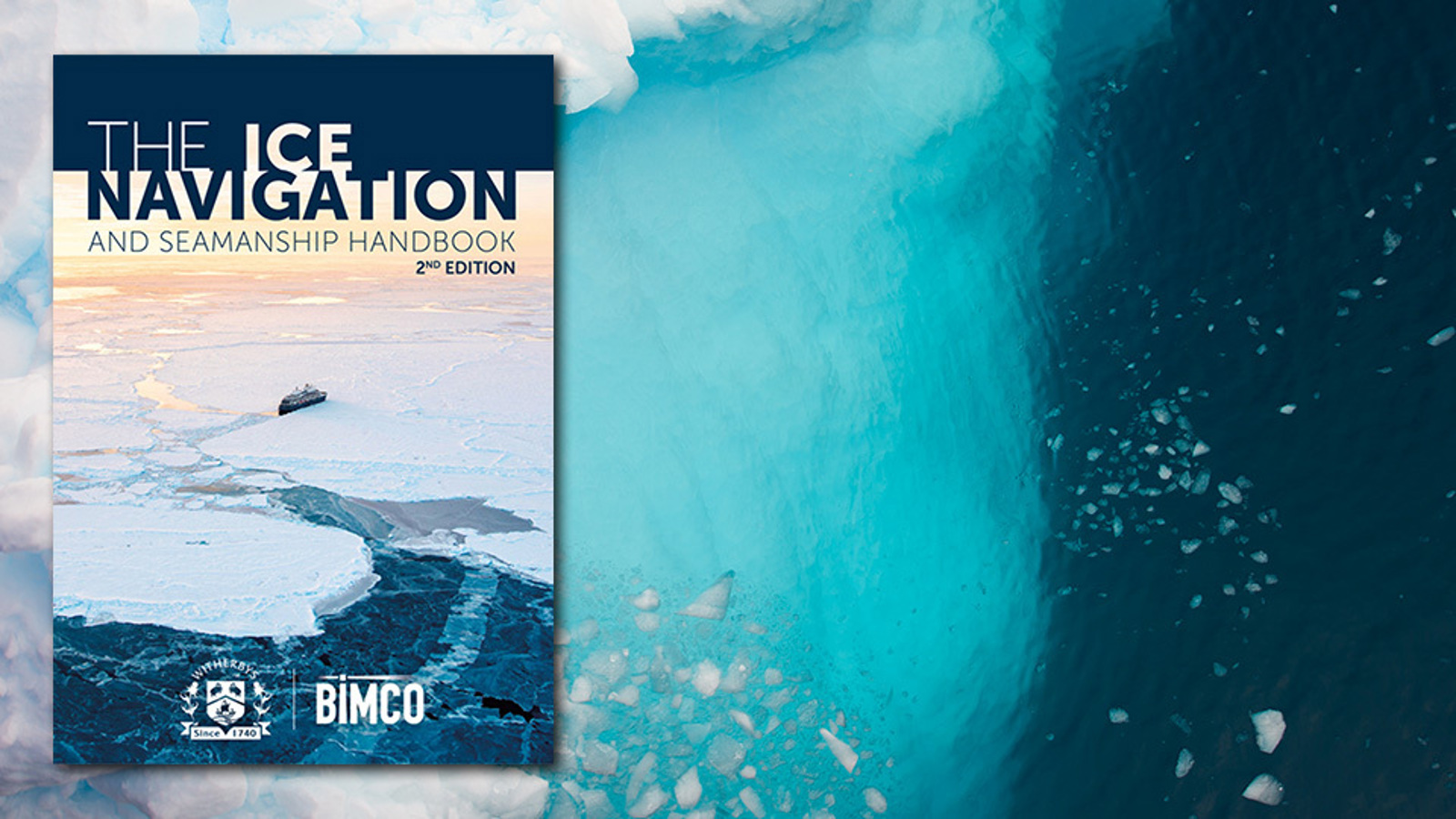This 360-page publication will allow seafarers to acquire the necessary knowledge, that when combined with practical experience, will enable safe navigation in ice.
This edition of ‘The Ice Navigation and Seamanship Handbook’ supersedes ‘The Ice Navigation Manual’ published in 2010 by Witherby Publishing and the ‘BIMCO Ice Handbook’ published in 2005 by The Baltic and International Maritime Council (BIMCO)
The 'Ice Navigation Manual' is a comprehensive guide to best practice for the safe navigation and operation of ships in ice. Now in its second edition, the guide has been fully updated to provide seafarers with both a practical and conceptual understanding of this challenging environment. Topics covered include an overview of ice regions (including ice types, seasonal challenges and safe routeing practices), preparing a ship and its crew for ice (including crew training) and regulatory guidance (including pollution response and the Polar Code).
This revised, second edition of 'The Ice Navigation Manual' is the definitive guide for ships operating in ice. Fully updated, with input from leading industry experts and passenger and research ship Masters, it outlines both the geography and characteristics of ice and provides practical guidance for the ship and its crew.
The book is divided into three main sections.
Part One covers ice types and regions, including detailed maps, information on seasonal trends and major routes and ice ports.
Part Two outlines regulations and guidance. It includes:
- Guidance on preparing a ship for ice, including operational considerations such as ballast water management
- guidance on preparing a crew for ice, including training, requirements for appropriate clothing and PPE (all in adherence with the STCW Convention and associated STCW Code)
- regional and international regulations and regulatory guidance, including the Polar Code, ballast water regulations, biofouling, underwater radiated noise and SOLAS and MARPOL
- information on ice class ships, including icebreakers and mooring equipment
- forecasting information, including updated satellite imagery, ice forecasts and ice charts and international and SOLAS requirements for ice reporting.
Part Three covers practical considerations, including:
- Updated guidance on navigation, passage planning and watchkeeping (including new charts, imagery and radar/POLARIS)
- ship handling and ship operations
- working with ice breakers
- pollution prevention and response.
The guide also includes practical checklists for both the deck and engine departments.
